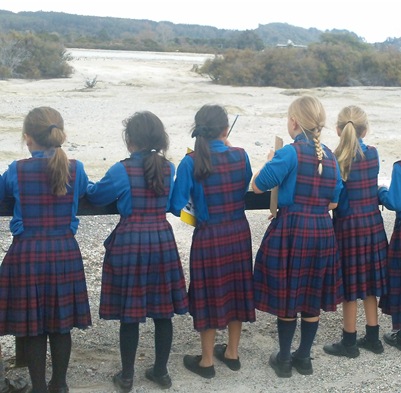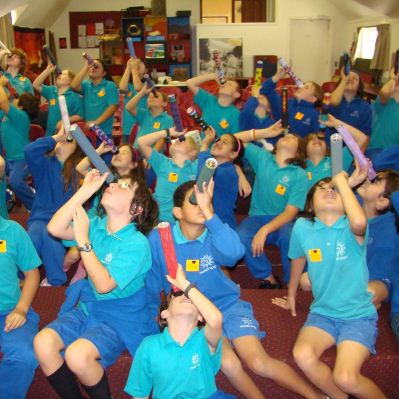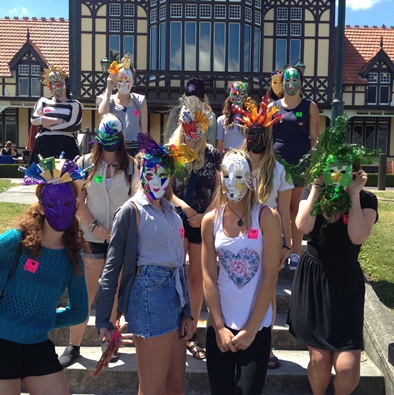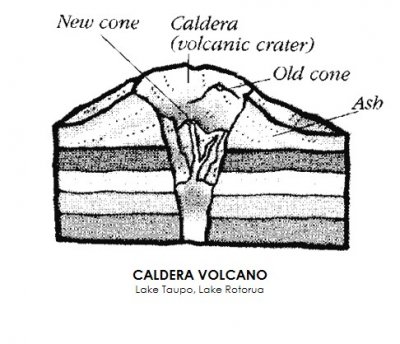Discovery Zone
DISCOVER - Volcanoes Around Us Rotorua Caldera
Always onVenue: Fun at Home!
Discover the amazing landscape around Rotorua starting with the Rotorua Caldera. Suitable for Year 3 & above.
Most people are surprised when told the city of Rotorua is built inside the crater of a dormant volcano. In fact it was one which erupted over 280,000 years ago.
This type of volcano is called a Caldera. The word comes from the Spanish word caldera, and Latin caldaria, meaning "cooking pot".
Luckily no one was around when the Rotorua Caldera erupted all those years ago because, like all volcanoes, they are very dangerous. After the volcano erupts the magma chamber collapses and sinks in on itself. This makes a deep crater or depression.
Rotorua City was built many years later in this crater. If you go outside you will see a range of high hills all around the city. They are the rim of the crater surrounding Rotorua.
Quick Facts:
- Magma is a naturally occurring liquid rock that is formed by two tectonic plates colliding deep below Rotorua, .
- Magma is made up of liquid rock, gases and solid particles. It sits in chambers under the earth’s surface.
- The build-up of gas in a magma chamber eventually erupts to the surface in a volcanic eruption.
- A caldera eruption can be very violent and can occur with very little warning.
- There have been other eruptions since the main one that formed the Rotorua Caldera. Smaller eruptions have caused Mt Ngongotahā, Kawaha Point, Pukeroa Hill (where the Rotorua Hospital is) and Hinemoa’s Point at Ōwhata.
- These smaller eruptions were different because of the shape of the volcanos formed. They are known as lava domes because they have steep sides to them. They can be as big as Mt Tarawera with a crater or more like a hill such as Pukeroa where the hospital is today.
Your Challenge:
Here is a simple way to demonstrate how a crater is formed in a caldera eruption.
1.The bowl of soil represents the earth
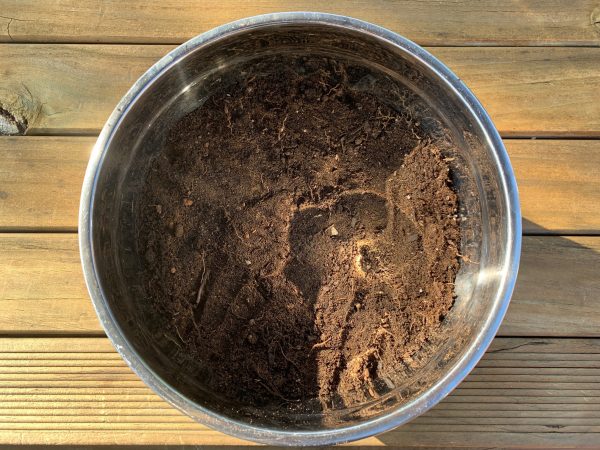
2. The small balloon is the magma chamber. However real magma chambers are filled with magma and not air.
3. Dig a hole in the soil. Place the blown up balloon in the hole and cover it with a layer of 1 - 2 cm of dry soil.
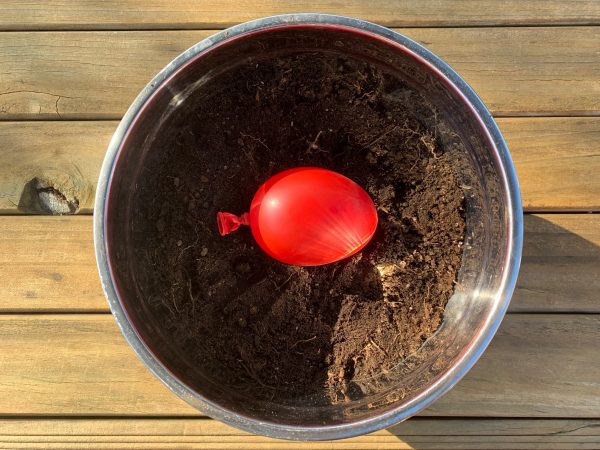
4.Use a skewer or something thin and sharp to pop the balloon. The popping represents the eruption. Air rushes out of the balloon. With a real volcano, gases, ash and rocks would rush out instead.
5. Look at the crater – or caldera – left behind.
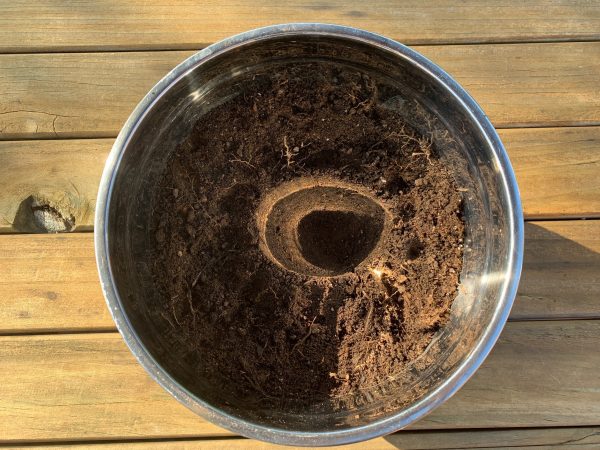
6. Use this link to look at an image online of Lake Rotorua and discuss how the lake was formed with someone in your house.
7. Show us your results by clicking on the Share your Learning button below


